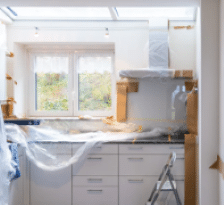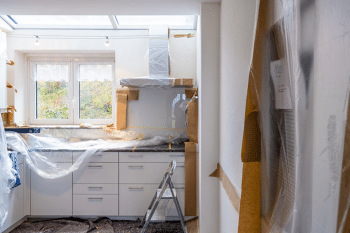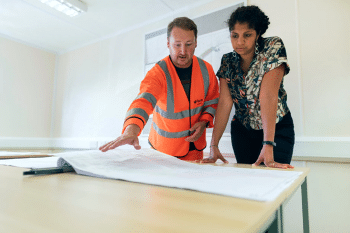Reselling Property Done Right: How To Fix And Flip A Home

Fix-and-flip is becoming quite popular. This is hugely attributed to the insane return on investment that a good fix-and-flip project can produce. But most people don’t realize the huge risks involved. All they see is the potential profit from a seemingly simple project. I mean, all you do is buy a property, fix the repairs, and flip it for a huge profit. It’s that simple, right? Wrong.
A lot could go wrong during this process. And the worst part is that a minor mistake could leave you with thousands of dollars in losses. Worse still, some fix-and-flip investors are left servicing expensive loans.
But you can minimize these risks if you do the project correctly. Here’s how:

1. Research The Market
Like any other real estate investment, you need to conduct comprehensive research of the specific area you are interested in. There are various items to look at here. One, understand property value in the local area. You should have an informed idea of how much a fix-and-flip property would cost and how much you could make from it. You should also get more information on how long it might take to fix and flip the property.
Next, you need to calculate the renovation costs of properties in the area. This is very important because the wrong calculations can mess up the entire budget and affect your ROI. Don’t forget to include requirements such as permits and zoning.
You should gather enough information during the research to help you create a comprehensive business plan. The plan should cover everything from the property you are interested in and how you’ll acquire it to how you plan to market and sell it off.
2. Find The Right Property
After narrowing down your options to a particular market, it’s now time to identify the specific property to invest in. Again, you must do enough research on each property of interest before settling on one.
There are various factors to consider here. One is the exact location of the property. Experienced flippers will tell you the best location is a respected or developing neighborhood. The process of marketing and selling a property in such an area is fast and relatively easy.
Try and go to an old house. Inspect the property and check what types of renovations are required.
A pre-foreclosure property is also a good idea. You can acquire such a house at a good deal, plus they usually don’t require a lot of renovations. Securing an investor when flipping a pre-foreclosure property is pretty easy as well.
You can look for fix-and-flip properties yourself or partner with a real estate agent. Whichever option you choose, make sure the after-repair value (APV) is good enough.
3. Get Your Finances In Order
You now know the market and have identified the right property; the next item on the checklist is getting your finances in order.
There are various ways of getting money to invest in a fix-and-flip project. Crowdfunding and home equity loan using your main residence are some of the options. These are usually the few alternatives first-time investors have. But your options will increase as you gain more experience. At that point, the smart thing would be to find and use the investor’s money and not your own money or assets.
Another financing option is traditional loans. Banks and credit unions can provide a mortgage for fix-and-flip, but the regulations are usually strict. That’s why some investors resort to private lenders.
Private lenders typically charge high-interest rates, but loans are usually processed pretty fast, so you won’t waste any time at this stage. Private lenders can also provide decent finances for bigger investors. You can get as much as $3 million. You can learn more about such loan terms here. But make sure the interest rates are friendly before picking any private loans.
4. Hire The Right Contractor

It’s now time to get boots on the ground and have the property fixed. That means hiring a contractor. But not just any contractor, an investor-friendly contractor.
The contractor should know that time is an essential element for this project. But that doesn’t mean they should rush the work and deliver shoddy results. The work must meet the desired standards.
You should also consider rates when hiring a contractor. Find an affordable contractor but don’t compromise quality in the process.
If you are looking for a way to reduce the cost of hiring contractors, consider partnering with one for long-term engagement.
5. Sell Off The Property
Finally, your property is ready to enter the market. Work with a stager and real estate agent to market the property. They’ll do a much better job of attracting a variety of decent offers.
Fix-and-flip is a lucrative venture, but like every other investment, it does come with risks. It’s up to you to do the research and take the necessary measures to mitigate these risks. Also, if you are a beginner, try to minimize the renovations in your first few projects. Start small and gradually build up to bigger projects. This allows you to work with a limited budget, plus it minimizes risks.



